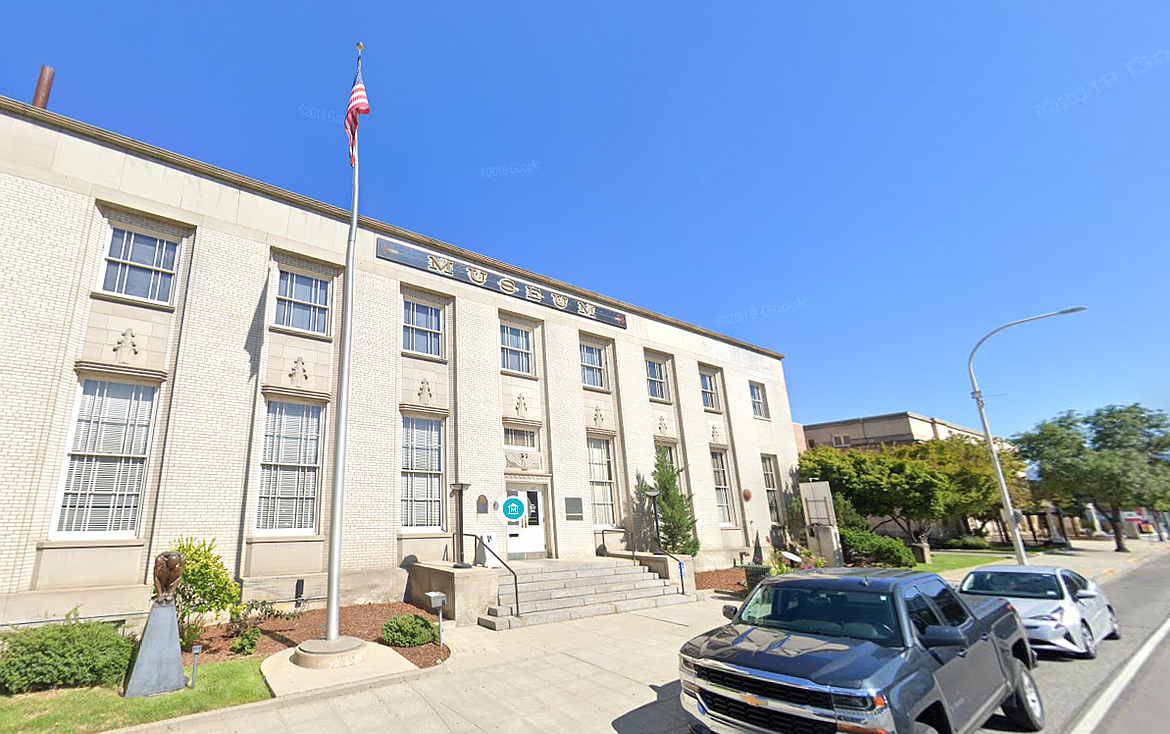Museum displays thrifted objects to examine prejudice
WENATCHEE — Consider the flesh-colored crayons in an exhibit at the Wenatchee Valley Museum and Cultural Center (WVMCC): from 1903 the pinkish brown is the only flesh tint, which was renamed "pink beige" in 1949 and then renamed "peach." It wasn't until 1992 that Crayola launched the first multicultural colors to represent a wider range of skin colors. And what of the burnt sienna color called Indian Red? Could something so seemingly innocuous be reinforcing prejudice?
Become a Subscriber!
You have read all of your free articles this month. Select a plan below to start your subscription today.
Already a subscriber? Login



